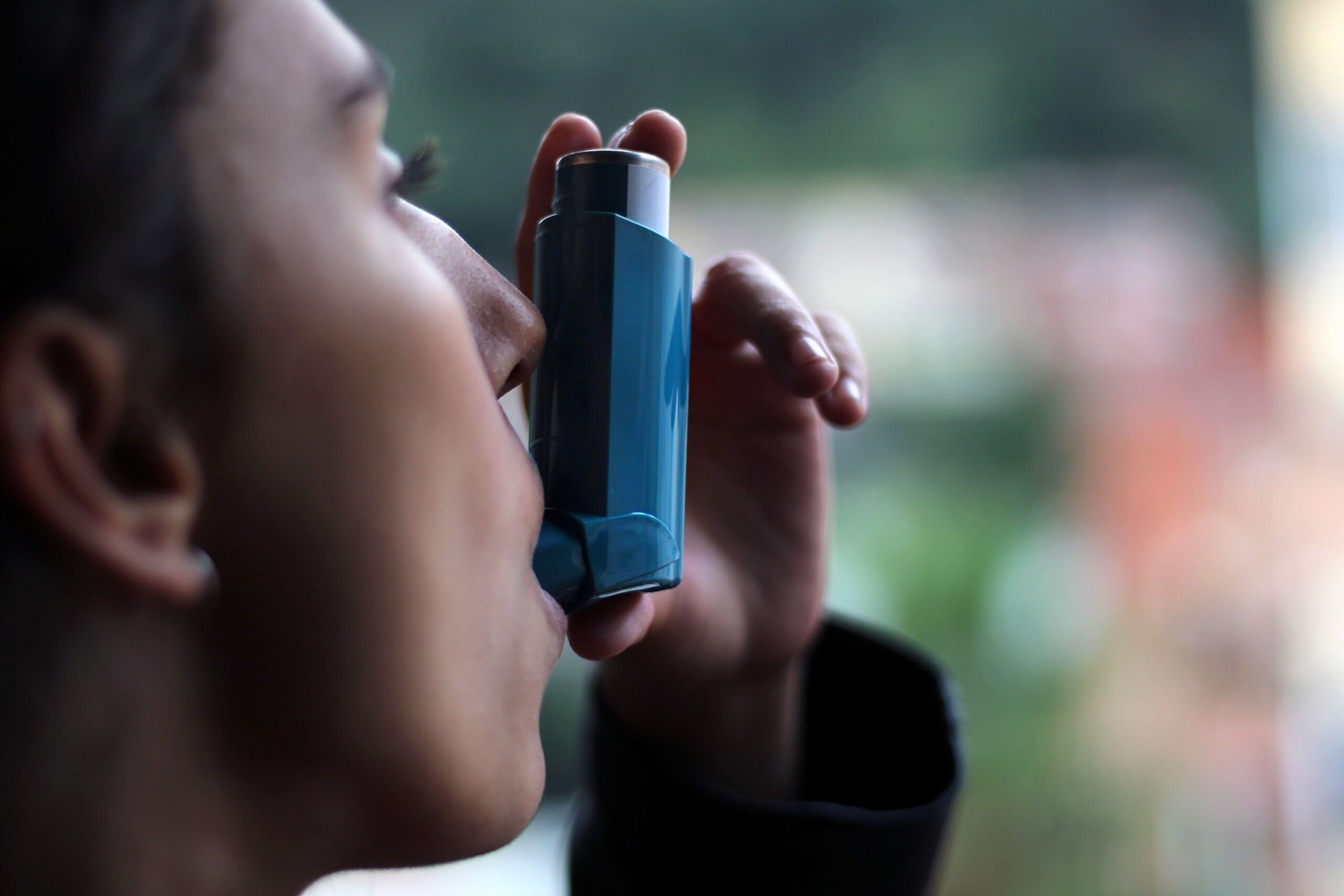Recent findings suggest that an AI-assisted home stethoscope may be more effective in identifying asthma exacerbations compared to peak expiratory flow measurements. Asthma, being a condition with quantifiable symptoms like peak expiratory flow (PEF), lends itself well to at-home symptom monitoring.
During a 6-month observational study involving 149 asthma patients (90 children, 59 adults), researchers evaluated the key symptoms for exacerbation detection and the role of the AI-assisted home stethoscope, especially in pediatric asthma cases. Patients completed health surveys and conducted self-assessments regularly, using three devices: the AI-assisted stethoscope for recording wheezes, rhonchi, crackle intensity, respiratory and heart rates; a peripheral capillary oxygen saturation meter; and a PEF meter.
For patients above 5 years old, standard medical devices were employed to measure asthma symptoms objectively (e.g., pulse oximeters for oxygen saturation, peak flow meters for expiratory flow), excluding those under 5 years old.
Auditory symptoms were captured from standard chest locations of all participants, with the sound files sent to a mobile app for analysis. An AI module automatically processed the recordings, displaying results (abnormal sound intensities, heart rate, respiratory rate, inspiration-to-expiration ratio) in the application.
While multiple measures are ideal, the study suggests that AI analysis of home stethoscope recordings alone can effectively detect asthma exacerbations across all age groups. Key discriminators of exacerbations were wheeze intensity for young children (AUC 84% [95% CI, 82%-85%]), rhonchi intensity for older children (AUC 81% [95% CI, 79%-84%]), and survey responses for adults (AUC 92% [95% CI, 89%-95%]). Combining several parameters showed the highest efficacy in terms of AUC.
This AI-powered home tool can enhance remote patient-physician interactions through telehealth appointments and significantly streamline asthma monitoring in children under 5. Given the chronic nature of asthma in both adults and children and its potential to worsen without proper care, this AI tool plays a crucial role in early asthma detection, enabling timely intervention and treatment.






